
Mas Paz (Organic Rework 2025) – //-Cumbiasound-//
this blog is GROOVY – check out great Soul, Funk, Jazz, Hip Hop, Bass, Breaks , Reggae, House n many more TUNES
Sweden – land of stunning landscapes, meatballs, and… seriously catchy tunes! This Scandinavian gem has birthed a ton of musical genius that spans genres and generations. From ABBA’s iconic pop to the gritty sounds of Swedish death metal, let’s groove through the history and some amusing tidbits along the way!
Long before modern hits hit the airwaves, Sweden had its roots in traditional folk music. Picture this: fiddlers jamming at midsummer celebrations with crazy costumes and people dancing around maypoles. Those lively tunes laid down the foundation for what was to come.
Fast forward to the ‘70s — boom! Enter ABBA, Sweden’s glittering pop sensation that took over the world like a delicious cinnamon bun (or kanelbullar) fresh outta the oven. With their matching outfits and infectious melodies, they made every party feel like a disco inferno.
The late ‘70s brought another wave with punk music crashing onto shore. The likes of KSMB and Ebba Grön emerged from Stockholm, delivering raw energy that showcased rebellion against societal norms.
As we sailed into the ’80s, Sweden saw more experimental sounds blending into new wave vibes with bands such as Roxette making waves across Europe.
Now hang tight because we’re diving deep into heavy territory—metal, baby! Sweden became known as one of metal’s meccas during the ’90s when bands like In Flames, Opeth, and countless others made their mark on global stages.
Come on everybody; let’s get jiggy with it! In the ’90s—and yes I mean those neon colors—Sweden also cranked out stellar eurodance tracks thanks to legends like Ace of Base and Dr. Alban rocking our raving hearts.
As we cruised into Y2K territory, Sweden continued flexing its pop muscles creating chart-topping machines—from Robyn hitting us with “Dancing On My Own” to Tove Lo making us feel all kinds emotive with her bangers reflecting true life struggles.
But hold up; let’s not skip over songwriters behind these stars: Max Martin skyrocketed himself into legendary status writing mega-hits for Britney Spears (“Oops!… I Did It Again”) among others—even Taylor Swift turned him for help weaving magic together since day one!
Ever heard IKEA playlists? Yep–listen well enough & you’ll hear why Swedes produce endless catchy hooks—they dance while assembling furniture!
Snus isn’t just tobacco; it’s often referenced online memes where Swedes claim snack breaks are essential during songwriting sessions—the ultimate power-up!
One example from Eurovision history includes Lordi—a Finnish monster band winning but hilariously having more costume drama than actual singing talent (loved nonetheless)!
From traditional folk roots spinning tales under starlit skies to electrifying beats dominating today’s charts—you can see how diverse yet entertainingly quirky Swedish music really is.
So whether you’re belting out classics at karaoke or headbanging in your living room—it’s evident Swedes have mastered making our hearts beat faster through every note played… while probably snacking on meatballs along there somewhere too!
Keep grooving & remember: wherever there’s good music coming outta Sweden—you’ll always be riding high on those joyful vibes straight from Northern lands bursting full nonstop surprises waiting just around each corner!

Mas Paz (Organic Rework 2025) – //-Cumbiasound-//
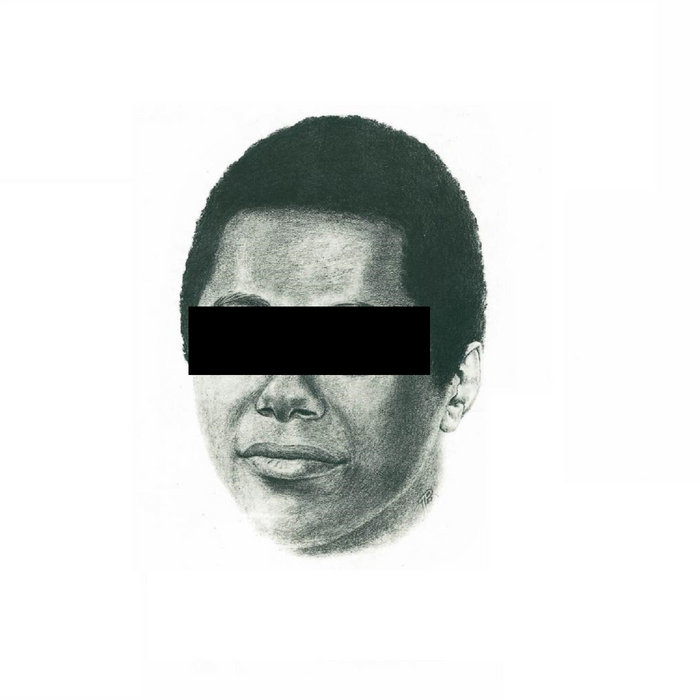
I Got The… (Drop Out Orchestra Rework) – L S

Daybreak – Sven Wunder
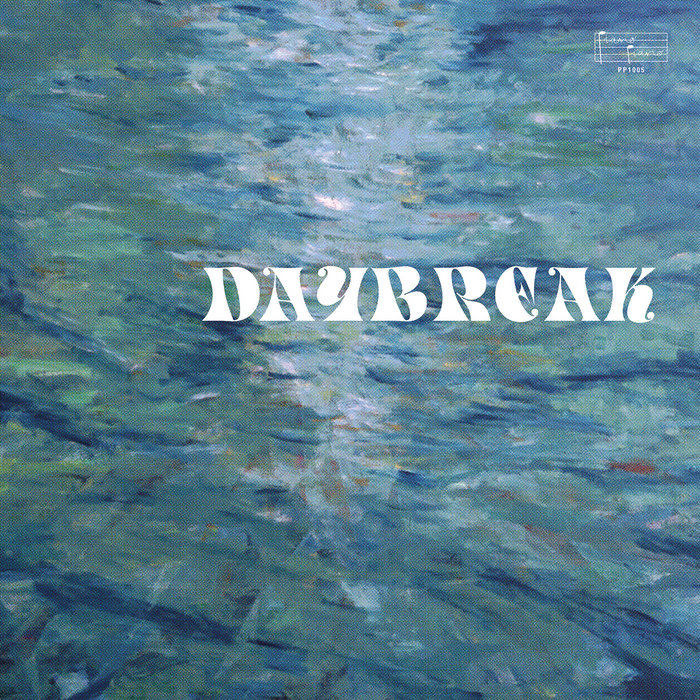
Liquid Mountains – Sven Wunder

JMES BRWN – PAPPA DON*T TAKE NO M#SS (CKZT EDIT) – Crackazat
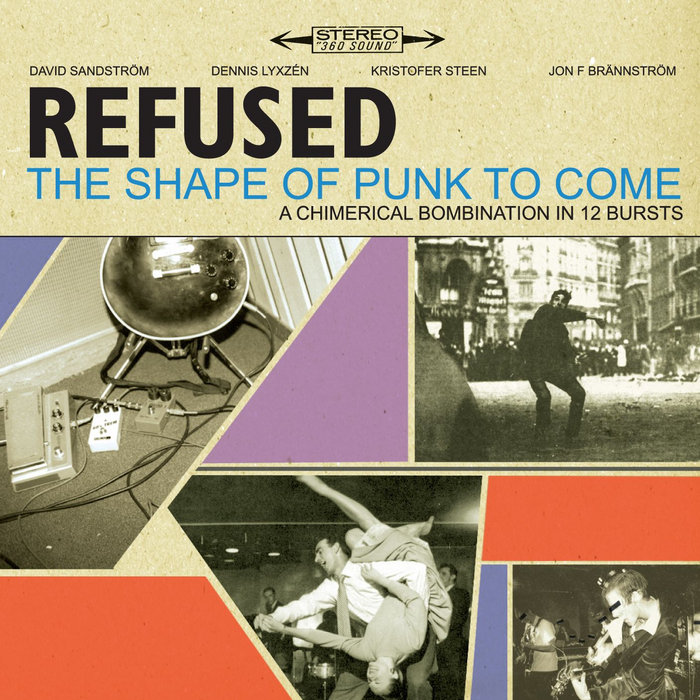
The Deadly Rhythm – Refused
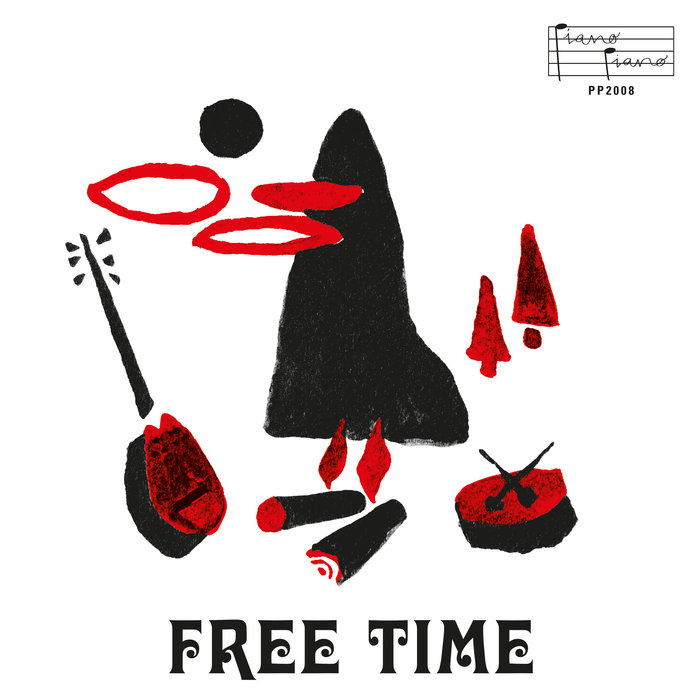
Free Time – Sven Wunder & Drumetrics
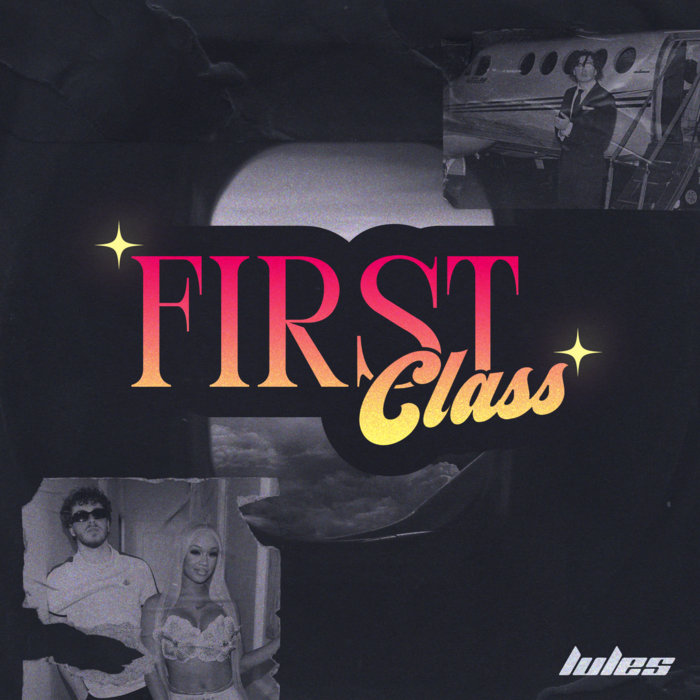
Jack Harlow – First Class (Lules 'Disco' Blend) – Lules

Rock Formation – Sven Wunder & Drumetrics
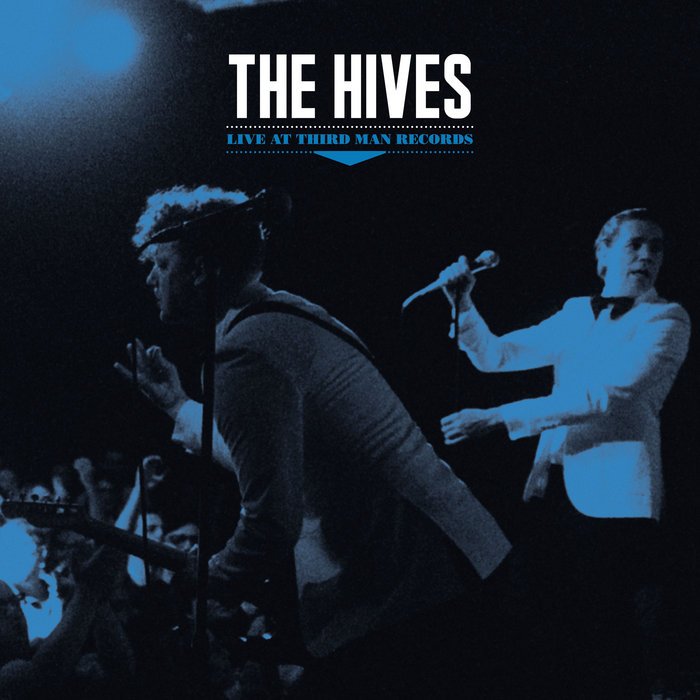
Live at Third Man Records – The Hives